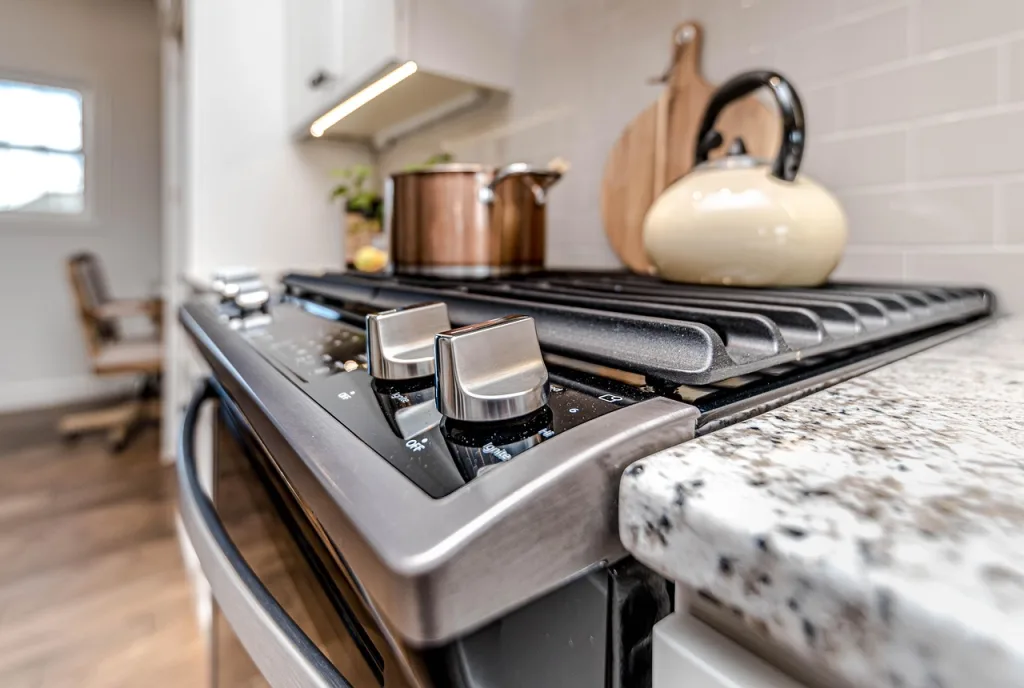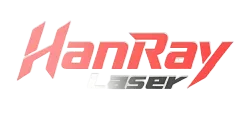Application
Applications
Contact Us
Kitchen and Bathroom Industry

I. Laser welding and automation solutions for kitchen and bathroom utensils utilize laser welding technology to achieve automated production and high-efficiency processing of kitchen and bathroom products. This technology has the following advantages:
- High efficiency: Laser welding has a fast welding speed and high welding quality, enabling efficient production.
- High precision: Laser welding has high precision, which can ensure the dimensional accuracy and shape accuracy of the weld.
- Environmental protection and safety: Laser welding is a non-contact processing method, with no risks of electric shock, fire, etc., and has no impact on workers’ health.
- Flexible processing: Laser welding can realize processing of any shape, is not limited by materials, and is suitable for processing various kitchen and bathroom products.
- Economy: Compared with traditional welding methods, laser welding has higher economy and can reduce production costs.
II. Laser welding and automation solutions for kitchen and bathroom utensils are a technology worthy of promotion. They can improve production efficiency, ensure stable and reliable quality, and are environmentally friendly and safe, which are of great significance to the development of the kitchen and bathroom industry. Laser welding technology has been widely used in the kitchen and bathroom industry.
- Seamless welding of stainless steel sinks
Traditional pain points:
Argon arc welding causes thermal deformation of the sink edge (>1.5mm). Post-welding grinding and polishing are required, and dirt is easy to accumulate in the gaps.
Laser solution:
Continuous fiber laser with oscillating welding head, penetration depth of 0.8mm, adding ER316L welding wire.
Welding speed is 1.2m/min, with back copper pad forming.
Advantages:
Zero gap: The weld passes the 500Pa negative pressure test (national standard GB/T 38474);
No need for grinding: Ra < 0.8μm mirror effect, eliminating the polishing process (the cost of a certain brand of kitchen basins is reduced by ¥25/piece);
Deformation < 0.2mm: The flatness error of the sink installation plane is ≤0.3mm (traditional > 1mm). -
Welding of high-end faucet bodies
Pain points:
The traditional brazing of copper alloy (HPb59-1) faucets is prone to lead leakage, with lead precipitation >5μg/L (national standard limit is 5μg/L).
Laser solution:
Filler-free laser autogenous welding, with the fully enclosed welding cavity filled with argon for protection.
Penetration depth is 1.5mm, welding speed is 0.8m/min.
Achievements:
Zero lead pollution: Lead precipitation <0.1μg/L (SGS certified);
No leakage: Passed the 2.5MPa water pressure test (national standard GB 18145 requires 1.6MPa).
I. Laser welding and automation solutions for kitchen and bathroom utensils utilize laser welding technology to achieve automated production and high-efficiency processing of kitchen and bathroom products. This technology has the following advantages:
- High efficiency: Laser welding has a fast welding speed and high welding quality, enabling efficient production.
- High precision: Laser welding has high precision, which can ensure the dimensional accuracy and shape accuracy of the weld.
- Environmental protection and safety: Laser welding is a non-contact processing method, with no risks of electric shock, fire, etc., and has no impact on workers’ health.
- Flexible processing: Laser welding can realize processing of any shape, is not limited by materials, and is suitable for processing various kitchen and bathroom products.
- Economy: Compared with traditional welding methods, laser welding has higher economy and can reduce production costs.
II. Laser welding and automation solutions for kitchen and bathroom utensils are a technology worthy of promotion. They can improve production efficiency, ensure stable and reliable quality, and are environmentally friendly and safe, which are of great significance to the development of the kitchen and bathroom industry. Laser welding technology has been widely used in the kitchen and bathroom industry.
- Seamless welding of stainless steel sinks
Traditional pain points:
Argon arc welding causes thermal deformation of the sink edge (>1.5mm). Post-welding grinding and polishing are required, and dirt is easy to accumulate in the gaps.
Laser solution:
Continuous fiber laser with oscillating welding head, penetration depth of 0.8mm, adding ER316L welding wire.
Welding speed is 1.2m/min, with back copper pad forming.
Advantages:
Zero gap: The weld passes the 500Pa negative pressure test (national standard GB/T 38474);
No need for grinding: Ra < 0.8μm mirror effect, eliminating the polishing process (the cost of a certain brand of kitchen basins is reduced by ¥25/piece);
Deformation < 0.2mm: The flatness error of the sink installation plane is ≤0.3mm (traditional > 1mm). -
Welding of high-end faucet bodies
Pain points:
The traditional brazing of copper alloy (HPb59-1) faucets is prone to lead leakage, with lead precipitation >5μg/L (national standard limit is 5μg/L).
Laser solution:
Filler-free laser autogenous welding, with the fully enclosed welding cavity filled with argon for protection.
Penetration depth is 1.5mm, welding speed is 0.8m/min.
Achievements:
Zero lead pollution: Lead precipitation <0.1μg/L (SGS certified);
No leakage: Passed the 2.5MPa water pressure test (national standard GB 18145 requires 1.6MPa).




